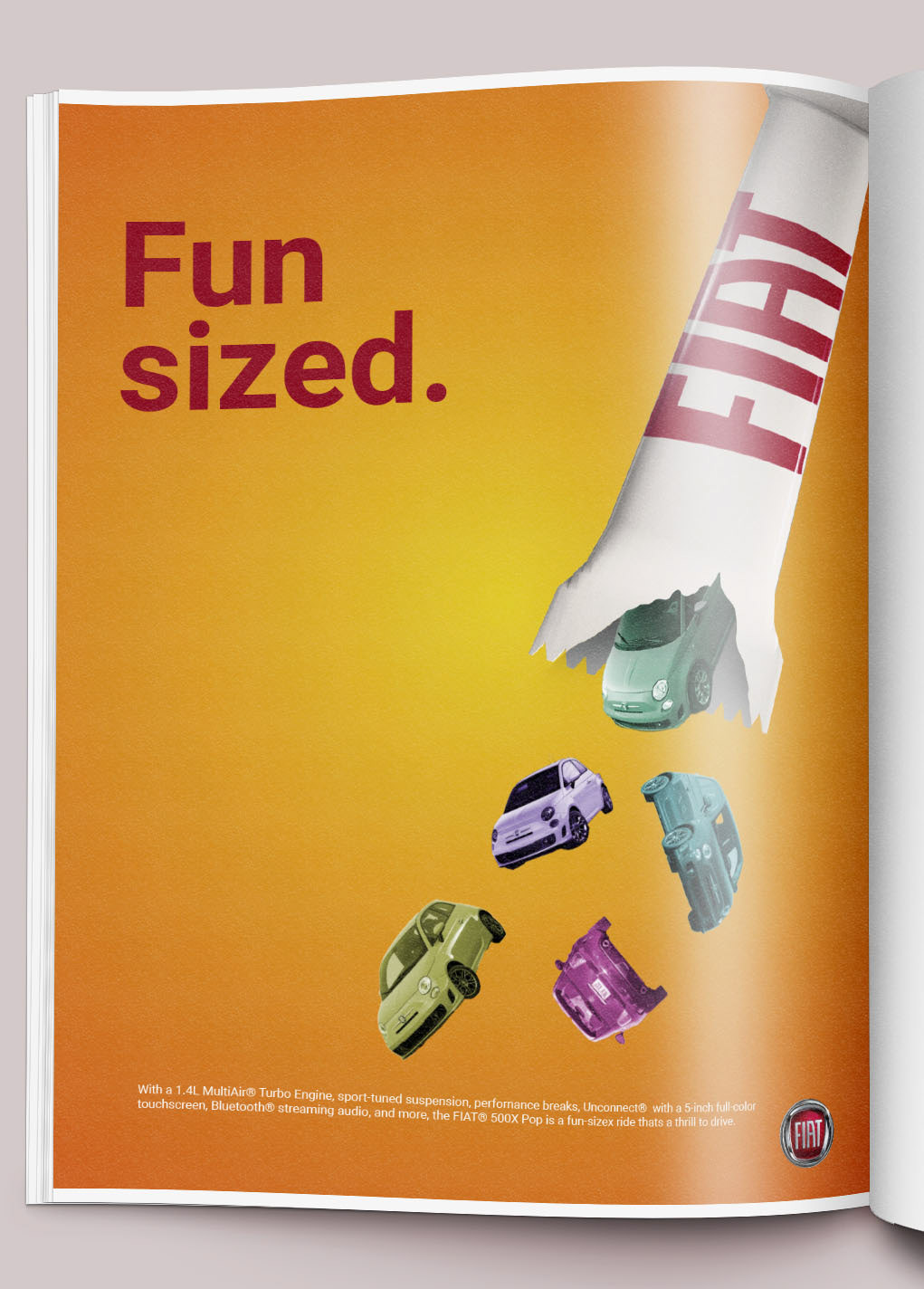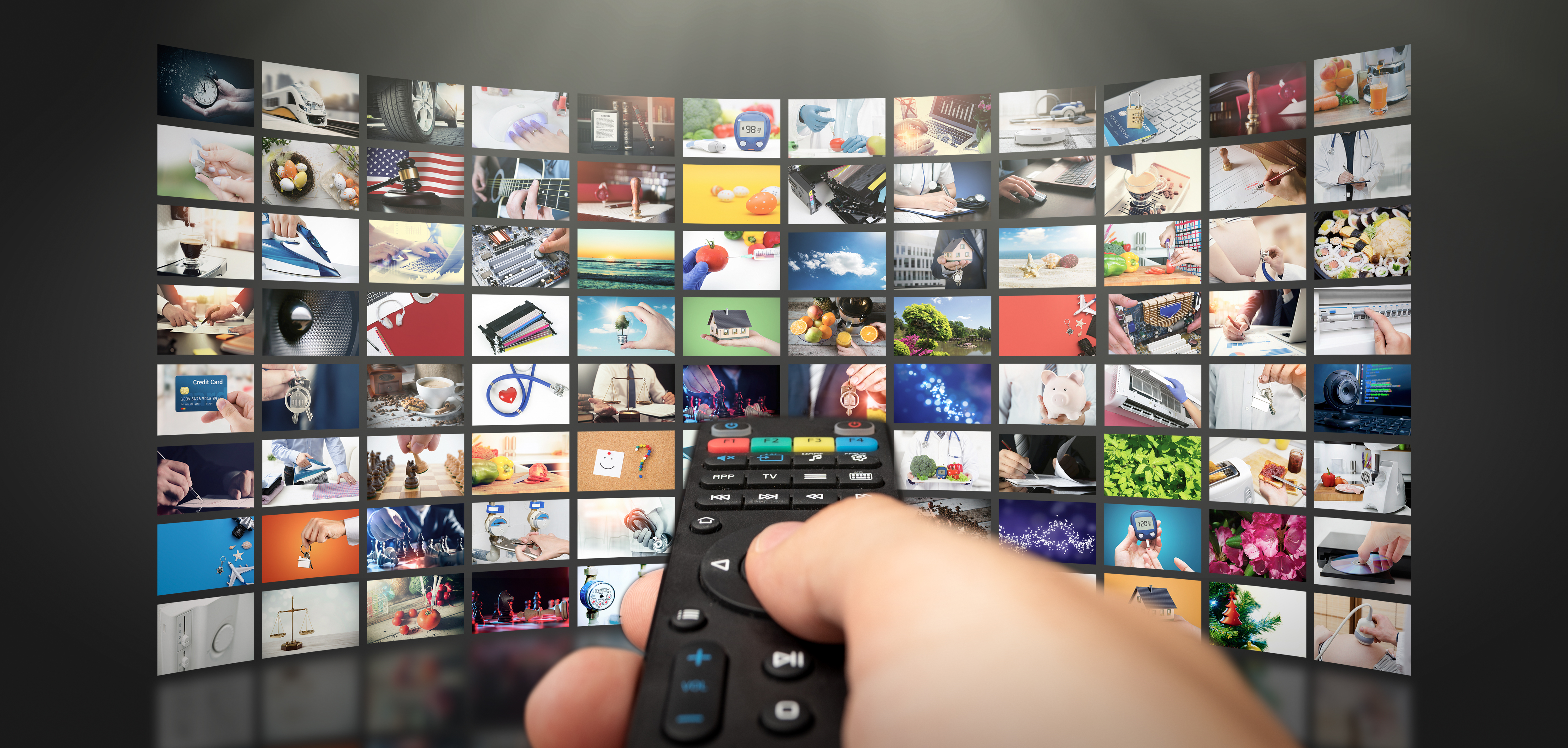In an ocean of countless advertisements, only a handful stand out.
Ever wondered why?
The answer lies in utilising the benefits of different advertising mediums in the promotion of the brand. However, every advertisement channel has its own merits and drawbacks, this makes selecting the right medium a crucial part of successful advertisement.
In today’s highly competitive market, one can’t rely on a single medium of advertisement for growth. By leveraging the different mediums, we can engage a multitude of audiences in distinct ways. For example, social media platforms enable personalized advertising, while television excels at creating widespread brand awareness.
As a result, one must closely evaluate which channels offer the most benefits at a reasonable cost. Each advertising medium should be selected based on the aims of the campaign (whether that be brand awareness or sales) and the channel’s ability to reach target consumers.
To help you out in this we have compiled a comprehensive guide of different mediums of advertisement with their pros and cons. So that you can utilise each platform to its full potential.
4 Types of Mediums of Advertisement
Print Advertisement: Newspapers and Magazines
Print media is one of the oldest and most popular means of advertising, better reach and cost-effectiveness make print advertisements a viable option even for small businesses.
Let’s explore the major types of the print advertisement below:
Newspapers
With the rise of literacy rates since the 16th century, advertisers in Italy, Germany, and Holland began publishing print advertisements in weekly gazettes. Almost 500 years later, the global spending on newspaper advertising was $28.3 billion in 2022.
However, there has been a consistent decline in this figure since 2007 when it reached a peak of $113 billion but this means of advertisement is still preferred by brands to reach the masses.

Pros of Newspaper Advertising
- More reach to the masses: Newspapers have the highest reach among other types of print advertisements with millions of people reading them daily. According to a recent report, 82 % of customers trust newspapers when it comes to making purchase decisions.
- Narrower Targetting: Newspapers are also available in the regional languages to specific demographics making its ads more precisely targeted. For example, newspapers are a great way to reach older demographics who are less receptive to digital advertisements. Newspaper audiences also tend to be educated and higher earners providing better ads results.
Cons of Newspaper Advertising
- Newspaper viewership is declining in today’s age of digitalisation. As youngsters are more inclined towards online platforms so newspaper ads are losing their reach to young age group readers.
- Measuring the effectiveness of newspaper ads is difficult, especially when compared to digital mediums where precise tracking and analytics are available.
- Unlike other modes of advertising, newspapers have a short lifespan. They are often discarded at the end of the day, limiting the exposure and longevity of the advertisements.
Magazines
Magazines date back to the late 1600s when they were initially created as a source of entertainment for the upper class. However, it wasn’t until the 19th century that magazines gained popularity among the middle class. During this time, publishers began selling ad space in order to cover the high printing costs and attract a wider readership. In 2022, magazine advertising spending reached an estimated value of $14.57 billion.

Pros of Magzine Advertising
- Targeted Audience: Every magazine has a niche and it enables marketers to reach specific and relevant consumers, optimising their budget without wastage. Audiences are highly interested in the content and expect advertisements, increasing the chances of engagement.
- Better Recall: Print ads in magazines are more likely to be remembered by readers compared to other forms of advertising. Magazines with focused content, such as biking or fashion, provide an ideal platform for targeted advertising, capturing readers’ genuine interest.
- Long Shelf Life and Secondary Audience: Magazines have a longer lifespan compared to other print media. Readers often keep them for weeks and often share them with friends or encounter them in waiting rooms, extending the reach to a wider secondary audience. This can enhance the return on investment (ROI) for marketers.
Cons of Magazine Advertising
- Limited geographic targeting: Magazines are typically distributed on a national scale, which makes it challenging to precisely target specific geographic areas. This limitation hinders localized marketing efforts.
- Irreversible Ads: Magazine advertisements cannot be easily revoked once published. If an ad receives negative feedback or is poorly perceived, it is difficult to mitigate the damage to the brand during the campaign.
- Limited Database Assessment: Unlike digital advertising, it is challenging to assess the quality and accuracy of a magazine’s audience database without conducting tests or research
Broadcast Advertisement: Television and Radio
In today’s time, broadcast ads continue to dominate the advertising landscape, with the largest share of brands’ advertising expenditures. Broadcast mediums of advertisement include entertainment mediums like radio, television, etc. It’s one of the most effective media for advertising as a brand can showcase more about its product in audio-visuals. However, broadcast advertising is also one of the most expensive advertising mediums.
Broadcast advertisements are classified into two main categories:
Television Advertisement
Since the inception of the first legal television advertisement in 1941, television ads have witnessed a remarkable surge in popularity in mass marketing. In today’s landscape, television stands as one of the most preferred mediums for brand promotion, with the emergence of connected TV advertising, which uses viewer data for more effective segmentation.

Pros of Television Advertising
- Audio-Visual Impact: TV ads leverage both audio and visual elements to create a multi-sensory advertising experience. This combination makes the ads more engaging and memorable.
- Wide Reach and Better Brand Awareness: Almost every Indian household owns a TV, making it an effective tool for building brand awareness. With a vast viewership, television advertising allows businesses to reach a broad audience and increase the visibility and recognition of their brand.
Cons of Television Advertising
- Costly Investment: Television ads are among the most costly mediums of advertisement. Not only is there a cost associated with purchasing ad slots, but developing the creative content for commercials can also add to the overall expenses.
- Brand Reputation Impact: With television ads receiving substantial exposure, a poorly executed or ineffective ad can have a bad impact on a brand’s reputation. Given the wide viewership, it becomes crucial to ensure that the creative content of the ad is strong, engaging, and aligns with the brand image.
- Non-Targeted Audience Reach: While television reaches a large audience, not everyone tuning in will necessarily be part of the advertiser’s target audience. This can result in the advertisement being seen by individuals who may not be interested or relevant to the product or service being promoted.
Radio Advertising
Promotion through radio has been a viable medium of advertisement for over 80 years. Although traditional radio’s popularity among listeners has decreased in recent times but with the rise of internet radio and podcasts, it appears this audio-only method of advertising will keep up in the digital revolution. The radio platforms offer brands to reach the masses in their regional language as the broadcast range of a radio station is mostly local.
Pros of Radio Advertising
- Wide Accessibility: Radio is an accessible medium, with almost all cars and mobile phones equipped with radios. This widespread availability allows advertisers to reach a large demographic, making it an effective medium for broad audience reach.
- Cost-Effective Advertising: Compared to television advertising, radio ads are a cost-effective option for marketers. Advertisers can reach their target audience without the need for large budgets.
- Podcast Advertising Potential: With the rise of podcasting, audio ads have gained momentum. India ranks third in the podcast industry, with 150 million audio-streaming consumers, and this number is expected to grow in the coming years. This presents an opportunity for advertisers to tap into the growing podcast advertising economy.
Cons of Radio Advertising
- Divided Attention: Radio listeners are often engaged in other activities while listening, such as driving, shopping, or working. This makes it more difficult to capture and maintain their attention on ads.
- Limited Targeting and Tracking: Radio ads suffer the same problems as television, being a mass medium that is not highly targeted and offers little opportunity to track results.
- Lack of Visuals: Radio presents the additional disadvantage of audio-only advertising. For some products advertising without visual support is not effective.
Digital Advertisement: Social Media and Search Engine
Digital advertising is the fastest-growing media outlet for advertising. Compared to spending on other mediums of advertisement, it is more cost-efficient. Big Data has helped digital marketers to carry extremely targeted advertisements and track user responses to the ads. With the everyday addition of new users and increased technology and R&D in the digital world, this advertisement channel holds a lot of potentials.
Digital advertising includes advertisements on:
- Internet
- Social media
- Ads on IoT devices like Kindle, Echo, Google Home, etc.
- E-mail marketing
Social Media Advertising
Social media advertisements have evolved from digital banner ads, with the first social media ad used on Facebook in 2006. Within a decade, advertisements on social media became the norm. Nowadays, social media ads generate a major chunk of their profits for brands by attracting users to the service and then targeting them using available user data.
Interested to learn social media marketing skills, read this: How to Use Social Media for Ecommerce Like a Pro!
.png)
Pros of Social Media Advertising
- Precise Targeting: Social media advertising is precisely targeted using user data, enabling businesses to reach specific demographics and effectively convert new followers. It also helps build brand loyalty by engaging with the target audience in a personalized and tailored manner.
- Cost-Effective: Social advertising is also very cost-effective. On average, a single impression on Facebook costs less than a cent, while a click costs an average of 28 cents. This affordability allows businesses to reach a wider audience without large financial investments.
- Trackable ad Campaigns: Social media ads provide the ability to track and optimise campaigns in real-time. If an advertisement is not giving desired results, media planners can pause the campaign or reallocate funds on demand. This flexibility helps brands save costs and ensures that advertising efforts are continuously optimized for better outcomes.
- Effective Testing: Social media platforms facilitate A/B testing, allowing businesses to test the effectiveness of different promotional messages or strategies while the campaign is active. This enables marketers to make data-driven decisions.
Cons of Social Media Advertising
- Platform Diversity and Trend Changes: There are many social media platforms, each with its own unique user base and constantly changing trends that brands will need to keep up with and adapt their advertising strategies accordingly.
- Intense Competition: Social media is an accessible platform, with a vast amount of content competing for users’ attention. Brands need to stand out with compelling content and engaging content.
Out-Of-Home Advertising
The most common method of Out-of-home advertising is through billboards, placed in strategic locations with high levels of traffic. These billboards are mostly found near crowdy places and aim to capture the attention of people travelling by road or public transport.
In recent years, even billboards have evolved into digital format. You would have definitely heard of out-of-home advertising in Times Square, which often makes news headlines due to creative advertisements there. Despite being one of the older advertising methods, billboards are constantly evolving and remain a popular and effective form of media advertising.

Pros of Out-Of-Home Advertising
- Cost-Effective: Out-of-home advertising is less costly compared to television or radio ads. These ads offer a cost-efficient way to reach a wide audience and make a lasting impression on consumers.
- Wide Coverage: Outdoor ads, such as billboards, provide broad coverage, allowing businesses to advertise to various groups of people at one price.
- Customization: Out-of-home ads can be customized based on the location and target audience of a specific region. This flexibility enables businesses to tailor their advertisements to suit the preferences and characteristics of the local audience.
Cons Of Out-Of-Home Advertising
- Limited Audience: Out-of-home advertising is challenging when it comes to targeting a specific type of consumer or segmenting the audience. Unlike digital or social media advertising, which offers precise targeting options, out-of-home ads generally have a broader reach, making it difficult to reach a specific audience subset.
- Lack of Immediate Information: Another drawback of out-of-home advertising is that potential buyers get limited information about the brand or product being advertised. With time, there is a possibility that consumers may forget seeing the ad altogether, reducing the potential impact.
The Bottom Line
When choosing the right advertising media channel, it’s important to consider various factors. Firstly, determine your campaign’s overall strategy and goal, whether it’s brand awareness or boosting sales. Budget constraints play a role too, as you’ll need to allocate funds accordingly. After Selecting the suitable medium of advertisement target the right audience and choose appropriate programs. Ads frequency is another important aspect, as repeating ads across multiple channels increases their effectiveness. All of this will help your brand to sail off the rough water of market competition.






